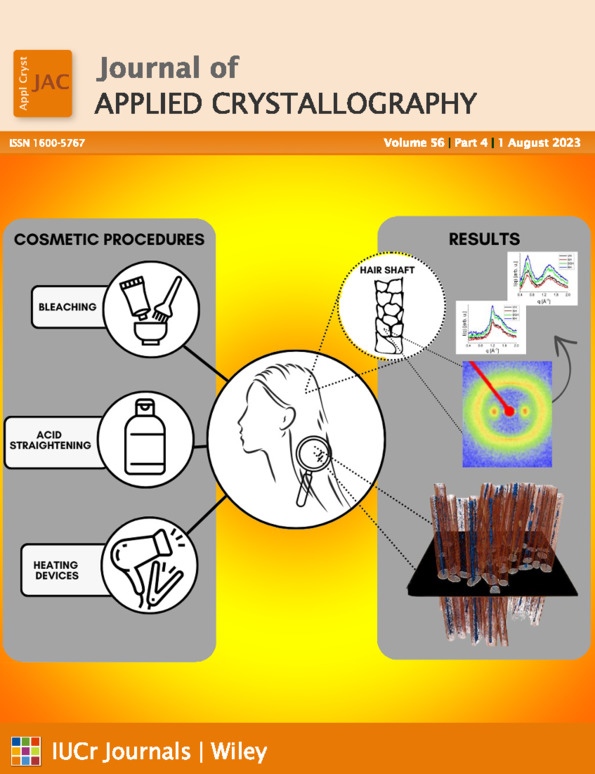Mix-and-extrude: high-viscosity sample injection towards time-resolved protein crystallography
Abstract
Time-resolved crystallography enables the visualization of protein molecular motion during a reaction. Although light is often used to initiate reactions in time-resolved crystallography, only a small number of proteins can be activated by light. However, many biological reactions can be triggered by the interaction between proteins and ligands. The sample delivery method presented here uses a mix-and-extrude approach based on 3D-printed microchannels in conjunction with a micronozzle. The diffusive mixing enables the study of the dynamics of samples in viscous media. The device design allows mixing of the ligands and protein crystals in 2 to 20 s. The device characterization using a model system (fluorescence quenching of iq-mEmerald proteins by copper ions) demonstrated that ligand and protein crystals, each within lipidic cubic phase, can be mixed efficiently. The potential of this approach for time-resolved membrane protein crystallography to support the development of new drugs is discussed.




